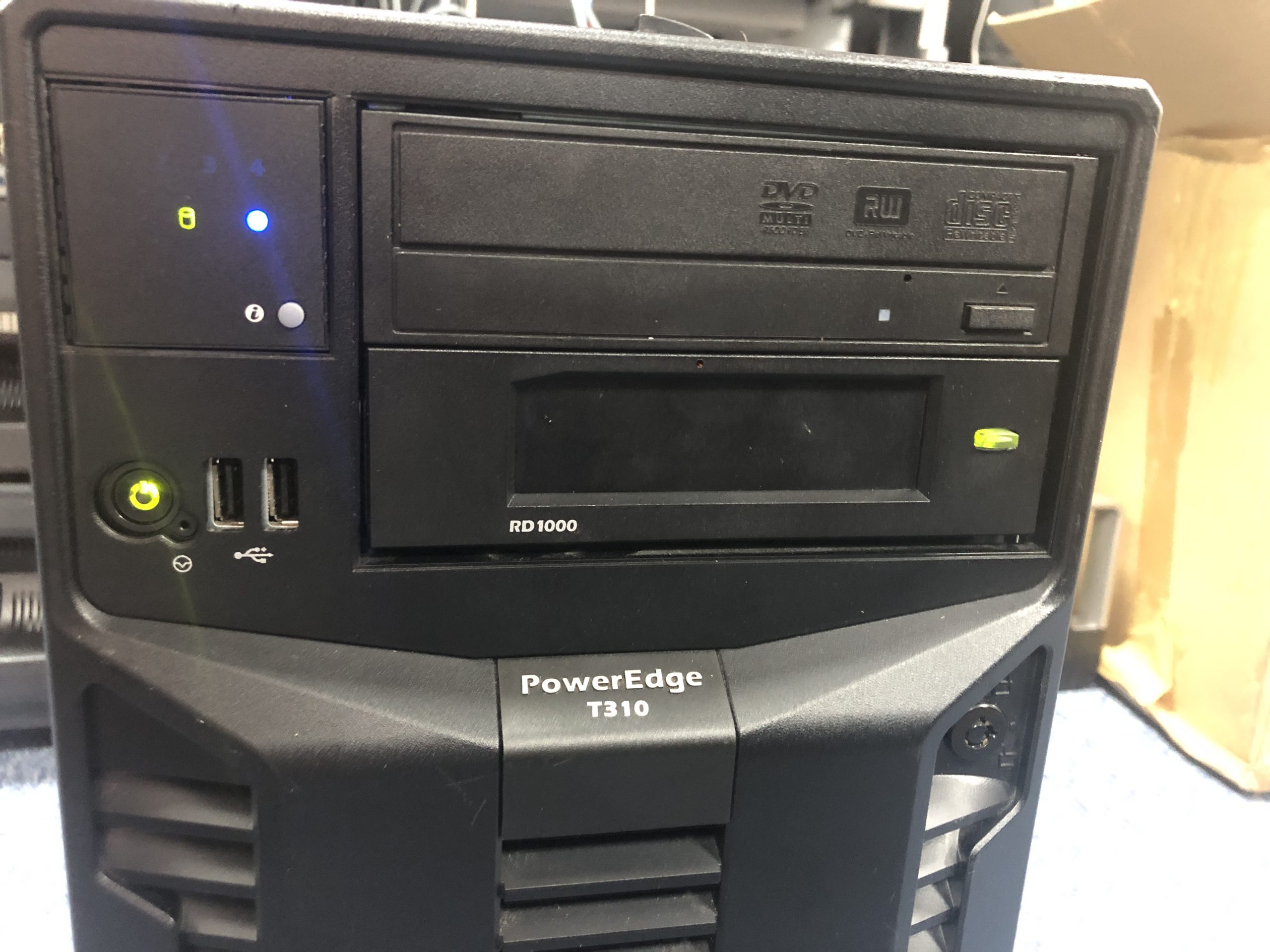Optimizing Workflow: Running Software on an Older Computer from a New Device
In today’s fast-paced digital landscape, managing multiple devices efficiently is crucial, especially when dealing with specialized software that isn’t essential but offers significant convenience. If you’re navigating similar challenges—such as running an expensive or resource-intensive program across different machines—you’re not alone. Let’s explore some practical solutions to streamline your workflow without unnecessary expenditure or complex migrations.
Understanding the Scenario
Imagine investing in a high-end software package priced at several thousand dollars. While the software enhances service delivery, licensing restrictions limit transferring usage rights between devices without paying additional support or fees. You own two computers: a reliable but aging Surface Pro 9 and a newer HP OmniDesk. The Surface, though familiar, crashes frequently, making it inconvenient to access certain programs. Your goal is to run the software seamlessly on your larger, more stable desktop setup without constantly unplugging peripherals or risking data loss.
Potential Solutions for Multi-Device Software Access
- Leveraging Remote Desktop Applications
One effective strategy is employing remote desktop tools such as TeamViewer, AnyViewer, or similar platforms. These applications enable you to access and control your Surface from your HP OmniDesk as if you were physically sitting at the old device. This approach offers several benefits:
- Convenience: Access your software and files without disconnecting or switching hardware.
- Resource Efficiency: Run the program on the Surface, but interact with it from your main workstation.
-
Compatibility: Works across various Windows editions; even if your Surface doesn’t run Windows Pro, many remote desktop apps are compatible.
-
Using Multiple Monitors and External Connections
Another method involves connecting the Surface directly to the OmniDesk setup. While technically feasible, this method can be cumbersome:
- Hardware Setup: Plugging the Surface into the desktop station and configuring multiple monitors can be complex.
-
Performance Considerations: While this allows viewing both environments simultaneously, it may not resolve crashing issues or licensing constraints.
-
Virtualization and Emulation Techniques
Experimenting with virtualization software such as VirtualBox or VMware can create a contained environment on your desktop to emulate the legacy setup. This might be more suitable if:
- You’ve obtained license flexibility or workarounds.
- The program is compatible within virtual machine environments.
-
You are comfortable managing virtual machines.
-
Addressing Licensing and Support Limitations
It’s important to recognize the legal and technical boundaries imposed by software licensing. While
Share this content:

